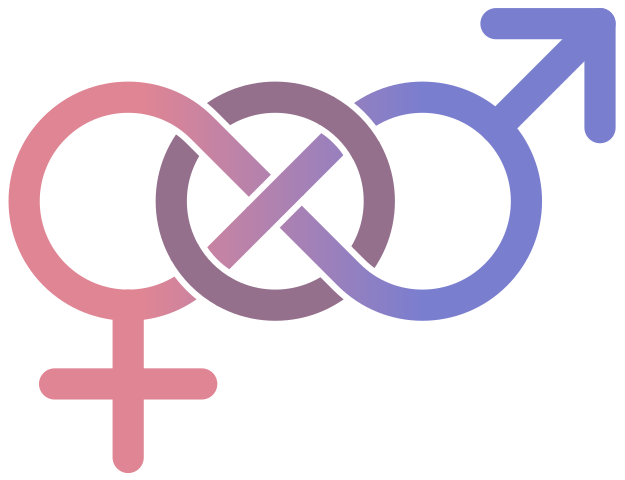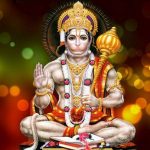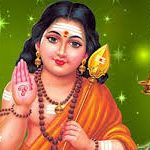The topic of sexuality and the acceptance of sexual and gender minorities is a delicate as well as a controversial topic in modern India. A study of the older texts as well as sculptures of ancient India reveals that there are plenty of references to and depictions of homosexuality and blurring of gender lines. LGBTQ themes are found in mythology as well as in ancient texts on law, love, sculpture and art. The more recent distaste and discomfort with LGBTQ themes are not based on the ancient Hindu ways of life.
It is thought that the more recent Indian outlook on sexuality was greatly influenced by the advent of the British Empire. The prudishness of Western society and also their laws that were based on the Bible changed the way the entire Indian culture looked at sexual minorities and gender roles in love, relationships and sex.
LGBTQ In Ancient Texts
Some of the ancient texts that read like stories are more than that. There are many deeper meanings and life lessons hidden in these stories. None of these stories (that are still retold) attaches any stigma or sinfulness to these acts or relationships. There are many instances of same-sex unions producing children. Some texts that deal with the law frown on such unions but do not criminalise them. The Manusmriti prescribes rather light punishments for such deeds but a closer inspection would also reveal that the punishment seems to be for engaging in such acts with a virgin rather than the act itself. So the protection of the maiden is the primary motivation.
The Narada Smriti states that homosexuality is not curable. Homosexuals are exempted from the duty to procreate. The Sushruta Samhita also describes such tendencies as determined at birth. This is a point of view that is in line with the ‘new’ progressive ways of thinking. In the stories of old, the children produced by such unions are usually extraordinary and also unique. Many Hindu Gods are closely linked to such gender-fluid unions and are worshipped today with great devotion. Perhaps this is a lesson for the modern Hindu to ponder.
Kamasutra
There are many descriptions of gender in the texts that encompass the third gender. The genders are the male or Pumsprakriti, female or Striprakriti and Tritiyarakriti or the third gender. It is even more enlightening to see that the descriptions are not merely anatomical but combine the external as well as the psychological bodies in the term. The Kamasutra describes the sexual activity of gays, lesbians, intersexed as well as transgendered people. The third gendered people were auspicious and revered in society.
Homosexuality is addressed in ancient texts within the scope of the third gender. The Kamasutra refers to lesbians as Svairini, gay men as Kliba and transgendered people as Shandha. Within the classification of gay men, passive gay men are Mukhebhaga or Asekya. Bisexuals are Kami. There are even descriptions of same-sex devotion to each other that culminates in lifelong relationships and also marriage. Intersex people are Napumsa. This third gender in the Kamasutra includes not only the intersexed but the entire LGBTQ community.
Bhagiratha – Born Of Two Women
Bhagiratha is a well-known figure from ancient texts. The story of his birth as told in the Bengal Padma Purana starts with the death of King Dilipa. He dies childless and leaves behind two widows. They are worried about being childless and go to the priest Vashistha who is engrossed in meditation. He performs a Putreshti sacrifice for them to have a son. He gives them a sweet food called Charu and instructs them to eat it.
Vashistha tells them to have sexual intercourse with each other with one of the women enacting the role of a man. Hence, there is no change in the anatomy of the women, only in the action or manner of lovemaking. This union then produces a child. As he was born of two vulvas (Bhaga) he was named Bhagiratha. Another version of the tale attributes the miraculous birth to the blessings of Lord Shiva. One version speaks of the baby being born boneless and then being redeemed by the curse of the Sage Ashtavakra. Other versions describe him as beautiful at birth.
Yet another tale tells of how the expecting mother feels great shame at her condition and hence attempts to commit suicide in the river Sarayu. Lord Brahma stops her and assures her that this pregnancy was of a divine plan to enable the lineage to continue. Bhagiratha then grows into the person who brings the Ganges down to earth. He is much respected for his intense penances to achieve the same.
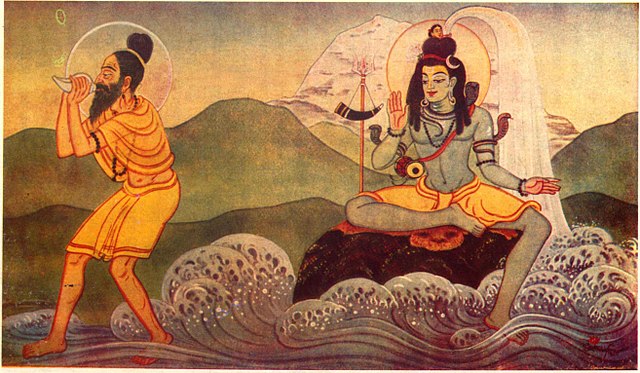
Mohini – Lord Vishnu As The Enchantress
One of the prime examples of gender fluidity is the female form of Lord Vishnu as Mohini the enchantress who plays a key role in many a tale. Even Lord Shiva was not immune to the seductive charms of Mohini. In most cases, she allures men to unpleasant results. The most notable if the churning of the ocean or Samutramanthan where Mohini was instrumental in snatching the Amrit away from the Asuras. This form of Mohini is an illustration of the gender fluidity of desire. Even though Lord Shiva knew that Mohini was a form of Lord Vishnu he was unable to contain his lust at the mere sight of her.
Ayappan – Born Of Lord Shiva and Lord Vishnu
One of the most revered Gods of South India is Lord Ayappan. Every year scores of devotees perform strictest austerities and penance before visiting Lord Ayappan’s temple. Ayappan is also known as Hariharaputra or Hariharasuta as he is the child of Lord Shiva (Hara) and Lord Vishnu (Hari). In this particular instance, Lord Shiva saw Lord Vishnu in his female form of the enchantress Mohini and this resulted in the birth of Lord Ayappan.
Ardhanarisvara – Shiva And Shakti And Vaikunthakamalaja – Lakshmi And Narayana
The familiar depiction of Ardhanarisvara is that of a form that is a half-man on one side while being half woman on the other. This is a beautiful depiction that can be interpreted in so many ways. Vaikunthakamalaja is a rare form of the Lord Vishnu merged with Goddess Lakshmi.
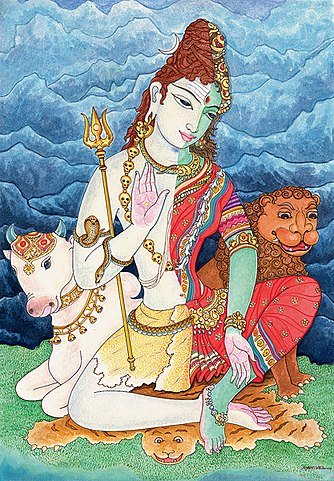
Ardhanarisvara is half-man on one side while being half woman on the other
Shikhandini
Shikhandini is a person who was born a female and raised as a male warrior. Shikhandi/ni was Amba in a previous birth. Amba vowed to kill Bhisma and was reborn as Shikhandini. Bhishma was finally killed as he refused to raise arms against Shikhandini who he saw as a woman.
Arjuna And Aravan
Arjuna spent a part of his exile in the guise of a woman. It was the result of a curse by the nymph Urvashi who was angry at him for refusing her amorous advances. The child of Arjuna and his wife Ulupi, the Naga princess was Aravan. Aravan offered himself as a sacrifice to the Goddess Kali but wished that he would be married before his demise. Since no woman was willing to enter into guaranteed widowhood, Lord Krishna in the form of Mohini marries Aravan and consummates the marriage. Mohini mourns his death the next day. This is why the third gender is called Aravani. It is also the background story for the Koovagam Temple festival that reenacts the marriage and subsequent widowhood.
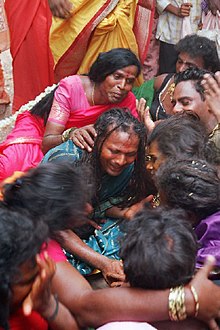
Agni, Mitra And Varuna
Agni is mentioned in many Puranic stories where he is the male counterpart to a male God. There are instances of Agni accepting the semen of the Gods. He accepts the semen of Lord Shiva that results in the birth of Kartikeya. The ancient texts also speak of the great attachment of Mitra and Varuna to each other. As per the legends both Agastya and Vasistha were born when Mitra and Varuna ejaculated in front of Urvasi.
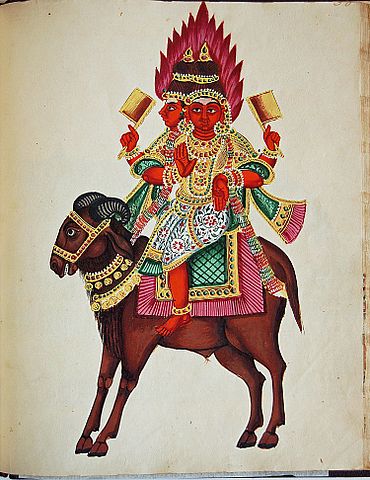
Bahuchara Mata And Samba
Bahuchara Mata And Samba are the patron gods of the transgendered. As per legend, the Goddess Bahuchara Mata curses men and makes them transgendered. Samba used to dress as a female in order to seduce women easily. He was cursed to be transgendered.
Homosexuality In Art
The legacy of erotic and sensual artwork from olden times is rich with imagery that would boggle the modern mind. There are depictions of many sexual acts across genders and with varying numbers of participants.
Sculpture
The erotic sculptures at Khajuraho have many depictions of sexual acts between same-sex couples and also in groups. If homosexual acts were thought to be abnormal they would not have found a place in the context of other heterosexual acts.
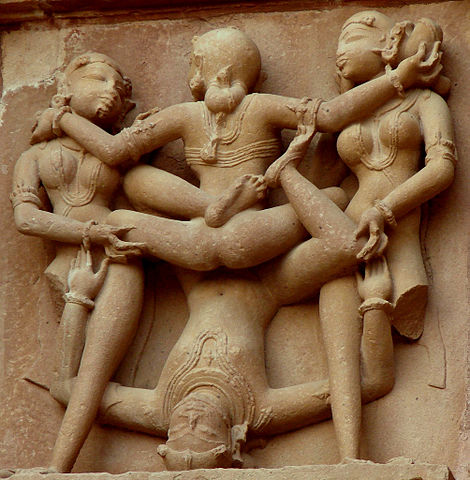
Sculpture in the Kandariya Mahadeva temple, Khajuraho
Other instances where there are also sculptures depicting homosexual scenes are at the
- The Rajarani Temple, Bhubaneswar, Odisha
- A Shiva temple in Bagali, Karnataka
- At Padhavli, Gwalior
- There is also a sculpture from Odisha dating back to the 11th century that shows Kama, the god of love shooting an arrow at two women in an embrace.
There are also many miniature paintings that depict same-sex lovers.
This article has much information on same-sex relationships and marriage in Hinduism.




